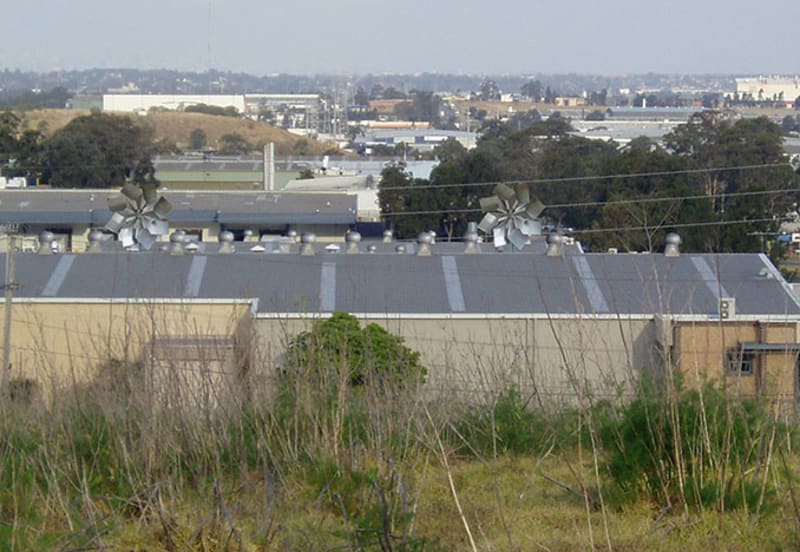URBAN-REGIONAL TURBINE BLADE
1. Materials
Several prototypes have been built in various stages, to increase the aesthetic appeal of our blades to insure their durability and its sensitivity to wind conditions and to our community’s growing need for a more efficient and economical wind turbine blade.
The blades can be manufactured out of different materials to suit industries, e.g. smaller blades can be of injected mouldings, pressed metal or even recyclable materials. Larger blades can be of pressed metal and can be assembled in parts. Much larger blades can be of reinforced composite materials.
2. Weight and Size
The problem today with the current wind turbines is excessive weight and size. We have a smaller and efficient set of blades that covers the whole swept area which gives a much lower start up and can be installed in low wind areas.
3. Shape and Design
It has eight light and uniquely shaped designed blades, for durability and optimum total wind capture. The design being much smaller, allows greater output for its size. It takes up much less space in a better proportion as compared to the current wind blades
The shape of the blades also allows a major reduction in diameter blades, but can still deliver the same power. In simple terms, if the blades were to increase by a small proportion, this would still allow it to turn a bigger generator. It has a greater potential for substantial increase in power with a slight increase of the circumference by small percent in diameter or can be greater.
4. Speed
Urban-Regional Turbine Blade has a very low start up that actually gains time in generation of power that is beneficial to industry, resulting in a higher total annual energy production that benefits, local governments, mining sector, business groups, industrial areas and residential projects. It is suitable for tall buildings, factories, sea side areas and as farm wind mill to pump water even in low wind areas.
Sections of the blades are designed to gain momentum under pressure, like wing flaps of a large aircraft before air is released, thus giving more revolutions at a lower wind speed before the air is released. Giving more power to turn under increased pressure.
Our eight blades can have e. g. 5 meters radius operating most of the time producing power. Compared to a swept area of three blades
Current turbines in the market have three blades where the wind hits the blades on a narrow but long surface area which disburses air until one third of the swept area passes and the second blade turns. The gap between all three blades on current turbines is a lost opportunity.
Ours covers the whole swept area without loss of air pressure. Because air is compressed and converted to momentum from the blades, it does not allow loss of wind between blades. It is similar to a sailing ship where wind is held under pressure before being released to move the sailing ship forward.
Like this entry?
-
About the Entrant
- Name:William Derbyshire
- Type of entry:teamTeam members:William Derbyshire, Joe Pisani
- Software used for this entry:Turbo Cad
- Patent status:none

